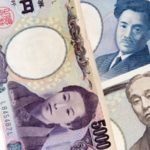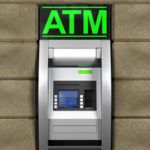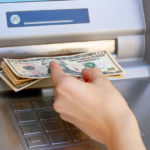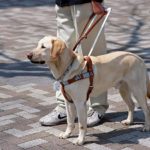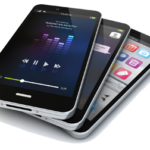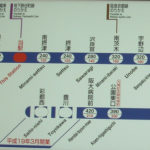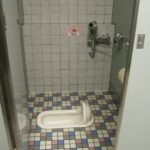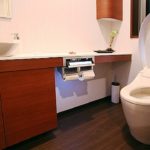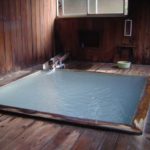A trip to Japan is no small thing (especially for first-timers!). For most of us, a trip to Japan means a long flight to an exciting location that is nothing like home. Because of that, preparation is crucial. Here are 20 tips for a worry-free trip.
Luggage/Packing
While my intentions are always good, I’m a habitual over-packer. After my trip to Japan however, I learned my lesson (at least for future trips to Japan). Most Japanese hotel rooms are pretty compact and large luggage is tough to haul around on trains and through stations (and unless you stay at one hotel for your entire trip, you will be hauling it around). And in addition to using small luggage, be sure it has wheels or that it can be easily carried (like a backpack).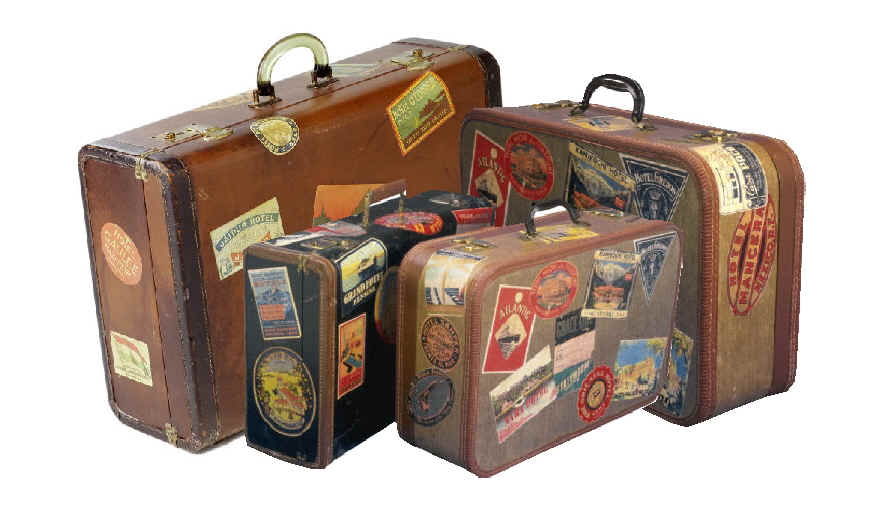 Getting Money
Getting Money
Japan uses the Yen, and I have found the most convenient place to convert my money to Yen is at the airport. Narita Airport has several currency exchange offices on the 1st and 4th floors, and exchange rates are prominently posted. (If you wait until you get to your hotel, you will probably be charged a higher fee.) While full banking services are not available 24/7 (hours vary, but offices are open from 6:30am – 11pm), automatic currency exchange machines are available around the clock and are located on the 1st floor of Terminal 1, by Arrivals. The 3rd floor of Terminal 2 also has currency exchange offices.
If you forget or just want to wait, several Tokyo train stations, like Ueno Station and Tokyo Station, also have currency exchanges (but hours are limited).
Be Sure to Have Yen with You at All Times
Some Japanese businesses do not accept credit cards. While cash-only locations are becoming less common, be sure to have enough Yen to cover your daily activities and hotel stays, just in case.
Banking, ATMs and Cash Withdrawals
Many Japanese banks won’t accept overseas cards. However, ATMs that do take overseas cards can be found in post offices and convenience stores (like Lawsons, Family Mart and 7/11), and luckily, most of these ATMs have basic English language instructions. Also, remember that your bank places a limit on the amount of cash you can withdraw daily.
Plants, Animals and Weapons
I’m not sure why anyone would want to bring this stuff to Japan, but, be aware that transporting any type of meat or produce is discouraged and will have to be declared to Customs (and could delay your entry into Japan). Pets are also subject to strict quarantine. Certified and properly vetted service animals are permitted, but be sure to check the requirements and prepare well in advance. Finally, weapons (including guns, ammunition and knives (including pocket knives) are prohibited.
Healthcare/Medicine
Be sure to bring any medications you may need (and bring enough to last the duration of your trip). It is also highly recommended you bring any medicines in their prescription bottles/packaging to avoid any issues at Customs (though I have never been questioned on anything, it’s best to be prepared), especially considering there may be a language barrier. Healthcare in Japan can be expensive if you’re not a resident, so you may also consider purchasing travel insurance.
Hotels and Reservations
It’s a good idea to have a print out of your hotel confirmations with you. This can be a lifesaver because many booking sites print the confirmation (including hotel details) in English and Japanese. I once used a print out to help my taxi driver find a little-known ryokan in Kyoto where I had reservations. I also like the paper version as opposed to electronic, just in case email is not accessible for some reason.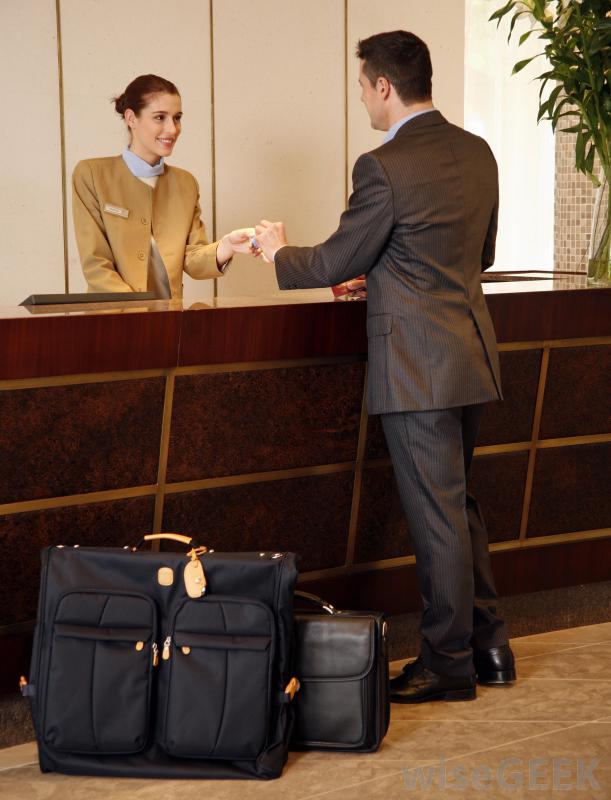
Japanese Hotels May Ask to Copy Your Passport
It is routine procedure for hotels in Japan to make copies of their guests’ passports (though not all Japanese hotels do it, which is interesting). The desk clerk should only have your passport briefly.

Internet, Email and Electronic Devices
Most Japanese hotels have wifi, so you can access the internet and email much like you would at home. However, hotel wifi and internet access in smaller towns is more sporadic (though internet cafes are usually still available). Finally, while many modern Japanese hotels have electrical outlets that will accept both American and Japanese plugs, this is not always the case, so be sure to have an adaptor and converter for Japan so you can charge your devices.
You can also rent a pocket wifi device if you are worried about connectivity (and there are many easy rental options). For instance, if you plan to purchase a Japan Rail Pass, you can rent a pocket wifi from them and they will deliver it to you at the airport or to your hotel. Most SoftBank locations also rent pocket wifi, with discounts if you pre-book online.
Your Cell Phone May Not Work in Japan
Unless your phone is GSM-capable and you have the proper service plan, your cell phone will probably only work sporadically in Japan, and even if it does work, the rates will be astronomical. So, if you must have a phone, it’s probably best to rent one or buy a disposable phone after you arrive in Japan. Narita and Haneda Airports have several cell phone rental locations available, as does Tokyo Station.
Wear Comfortable Shoes
Japan is definitely a place you will do a lot of walking. While the public transportation system is excellent, walking through stations, up and down stairs, and to and from tourist sites will definitely put some miles on your feet. (I would also recommend your shoes have good grip on the bottom, especially if you plan to visit temple sites, because sometimes the terrain is unpaved, uneven and can get damp.)

The Japanese Walk, Drive and Bike on the Left
If you’re coming from America like I am, walking and driving on the left is completely different from what you’re used to. While there are a few well-marked exceptions in train stations, the Japanese walk, drive and bike on the left. Even on escalators, people stand to the left so others can pass (so be sure and extend that courtesy too).
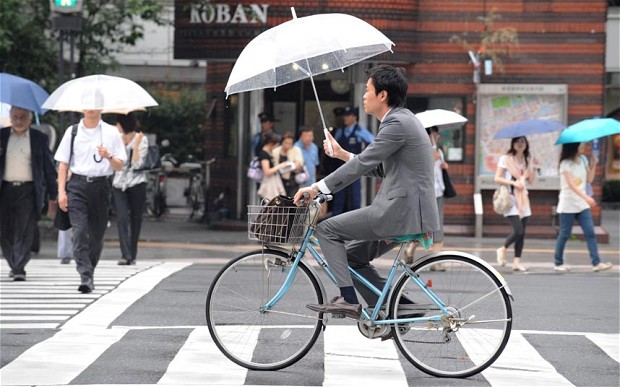
You Will See People Wearing Surgical Masks
While this has become much more common in other places since the COVID pandemic, Japanese people have always worn masks. People often wear them during allergy or flu season and young people even wear them as fashion statements.

The Japanese Railway System is Pretty Easy to Use
Japan’s rail lines are color-coded and stations are typically very well-marked (often with English language signs as well). Rail line maps are displayed over tickets kiosks by station entrances and fares are listed next to the various stops. Of course, if all else fails, ask the station attendant for help. As long as you can say the name of your destination, they should be able to help you pay the right fare and get you to the right train.
Bowing
While handshaking has become much more common in Japan, bowing is still the customary and preferred greeting. There are many types of bows (and all kinds of rules about which type of bow to use when), but don’t worry, as a tourist your bows won’t be scrutinized. Just remember that it’s polite to greet someone with a bow and return the gesture if someone bows to you first. A bow of about a 45-degree angle bend at the waist usually works well.
 Bathrooms
Bathrooms
In an effort to go greener, many public bathrooms in Japan don’t have hand towels or dryers, so it is a good idea to come prepared. Train station shops usually carry small towels (more like a washcloth) for about 400-500 Yen, or you can bring your own.

Toilets
Japanese toilets are either high-tech or low-tech, there really is no in-between. Toilets in Japan will either have a lot of bells and whistles or will be a hole in the ground that flushes. The high-tech versions have user options (like bidet or air freshener) on a control panel. Use the pictures on the panel to help you decide which button to push, if desired.
Bathing and Onsen
Japan takes cleanliness and hygiene very seriously and even Japanese bathrooms have rules of etiquette. Before getting into a public bath or a tub, be sure to wash yourself off first with soap and water. (In public baths, you’ll find a shower area right before baths.) Pre-washing is customary, and skipping this step would be considered very unsanitary. While it may seem strange to wash and bathe separately, public baths and tubs are designed for relaxing, not washing.
Relax
Even if you forget something, Japan has all of the modern products and conveniences you can imagine (and I personally think trying new things is part of a fun travel experience anyway). Above all, just enjoy your trip. Japan is a very hospitable country and even if your Japanese manners aren’t perfect, if you give it a shot, your efforts will be appreciated.

For more helpful travel tips, check out Travel Can be Stressful. Here are 5 Great Ways to Unwind on Your Trip in Japan.
Sources: Japan Rail Pass , Narita Airport Guide , SoftBank
Images: Top , 1 , 2 , 4 , 5 , 6 , 7 , 8 , 9 , 10 , 11 , 12 , 13 , 14 , 15 16 , 17 , 18 , 20&21 , 22



